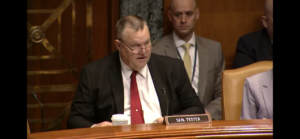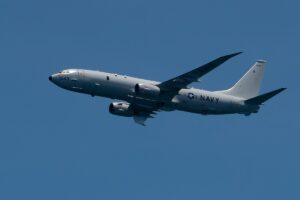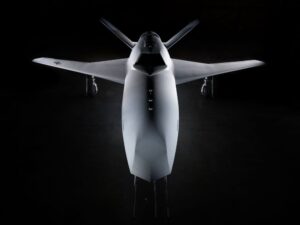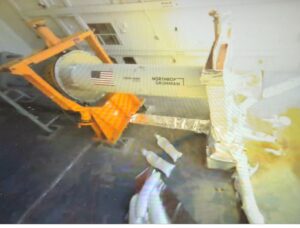
As the U.S. Air Force nears a June decision on the path forward on the Northrop Grumman [NOC] LGM-35A Sentinel, Sen. Jon Tester (D-Mont.) said on April 9 that the service risks not meeting the 2036 fielding date for the next generation ICBM to replace the Boeing [BA] Minuteman III at Malmstrom AFB, Mont.; Minot AFB, N.D., and F.E. Warren AFB, Wyo. "Quite frankly, we're running against, from my perspective, some real time issues if we're gonna get these replaced…














